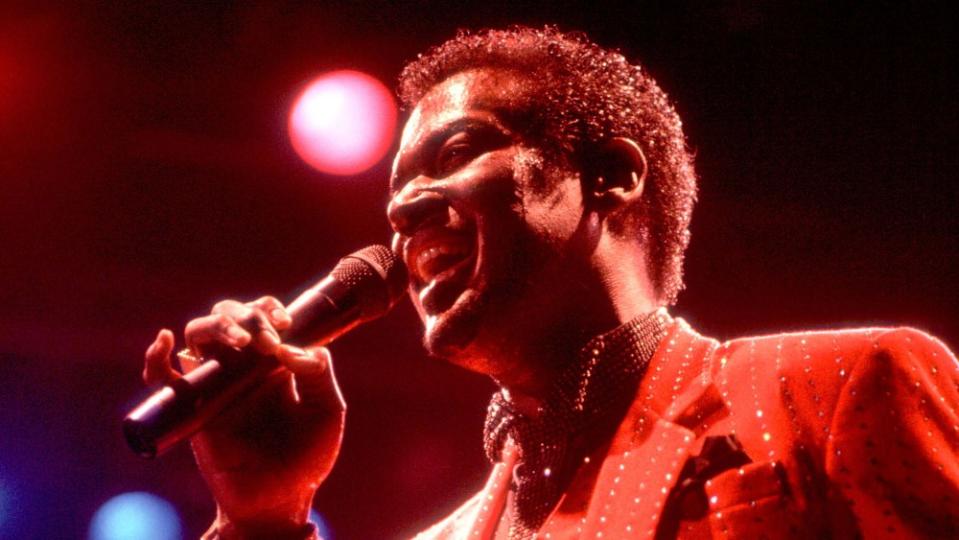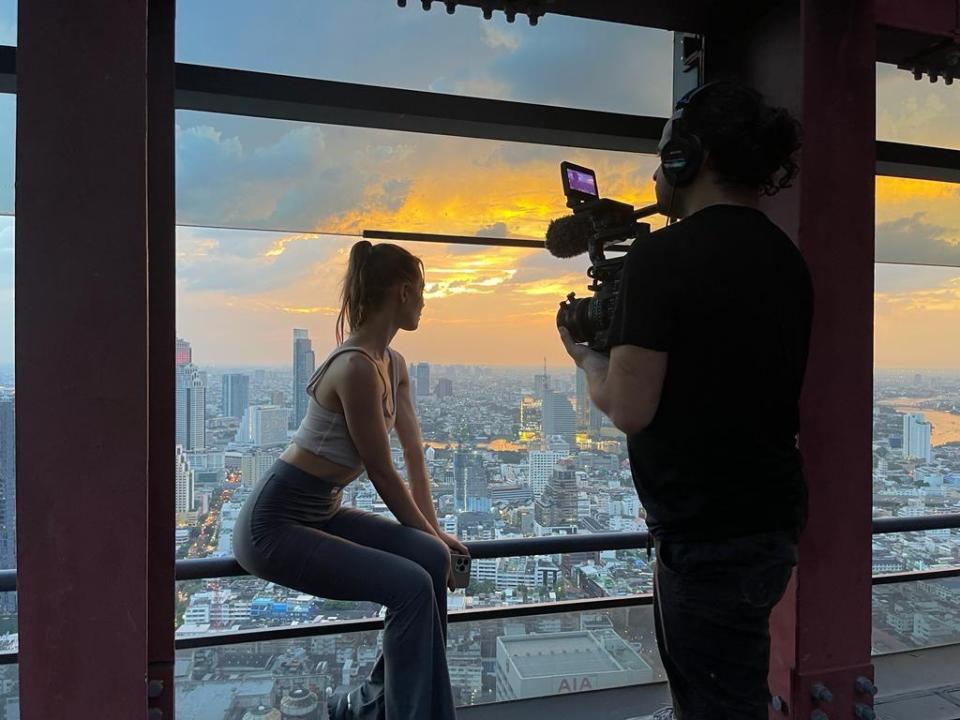Don’t Underestimate the Importance of Surprise in Documentary Filmmaking

The Nantucket Film Festival is known for its focus on screenwriting. But the 29th installment perhaps hosted an even more impressive collection of documentaries — and mixed them into panels with feature directors throughout the festival’s run. Through these conversations, audiences and filmmakers made connections that amplified their appreciation for all the things that documentary and feature work share, from building trust with the folks who appear on camera and honing performance to how stories evolve and change in the edit.
But a common theme among the documentarians who discussed their process was the importance of being open to receiving how a story evolves and engineering situations in which the story can assert itself. So, IndieWire spoke to a couple of the documentarians present at the Nantucket Film Festival about the storytelling muscles that a filmmaker needs to apply regardless of where a film world originates.
More from IndieWire
Dawn Porter, whose joyous film on Luther Vandross “Luther: Never Too Much” played at the festival, and Jeff Zimbalist, drawing on his own rooftopper roots to co-direct the story of two rooftoppers in “Skywalkers: A Love Story,” cited the importance — and the revelations — that can arise out of screenings themselves, whether at a festival or otherwise.
“There is something so satisfying when you see a scene [at a screening], and you’re like, ‘That’s it,’ and it just works — and sometimes the most unexpected things work,” Porter told IndieWire. For “Luther: Never Too Much,” she cited a particular sequence of archive footage of Dionne Warwick on a beach in the South of France as something that had a surprising impact, visually expressing her elegance in a way that got at Luther Vandross’ aspiration to be that kind of elegant. “To me, that is making movies. That’s understanding your subject and trying to see what he would be seeing and think about how do I express that to an audience?”
Finding expressive visual moments is challenging whether embedding with a subject and shooting verite footage or poring over an archive. But just as on a feature set, there’s something about verite that, for Porter, allows preparation to meet the moment and deliver an extraordinary image. “In my film ‘Gideon’s Army,’ I’ll never forget — we were filming in court and I looked down and the prisoner, who looked so composed, below [the table] his foot is tapping, tapping, tapping. That’s the story of this person’s anxiety and feeling out of control. We’re looking for those truths,” Porter said. “It’s those small moments that are sometimes the most important.”
Porter has found the same discovery process in archival material, too, especially with the tools and technologies that have been developed to open up raw footage. Regardless of the stage of documentary filmmaking, she stresses a need to present that resonates with exactly what fiction directors and actors are trying to achieve.

“When I’m interviewing somebody, it matters where the interview takes place. It matters that I do the interview without a piece of paper — you know, that I don’t read a bunch of questions; I have a conversation with people. What you’re doing as a documentary interviewer is you’re encouraging the person to feel strong enough to tell their truth,” Porter said. “With scripted projects, you’re encouraging the actor to embody a truth and go to a deeper, more emotional place. That’s exactly what we’re doing, even though we’re not inventing something. We’re looking for some emotional resonance.”
Emotional resonance was the North Star that guided the seven years Zimbalist and his team spent working with rooftop acrobats/filmmakers Angela Nikolau and Ivan Beerkus. The process involved guiding the subjects in filmmaking techniques since the film crew didn’t want to distract them during the most dangerous parts of their climbs; but mostly, the documentary filmmakers directed Nikolau and Beerkus towards making sure they got coverage of the emotionally messy, unpolished moments that would never have a place on their Instagram reels.
“I thought I understood that this was going to be a story about Angela overcoming her abandonment fear from her childhood with her dad, and it was going to be about her letting Ivan in,” Zimbalist told IndieWire. “Skywalkers: A Love Story” makes that question of romantic trust explicitly part of not just the title but a section of the film, too. Angela herself compares the pair’s relationship to the metaphor of a circus trapeze double act, in which a “flier” does the tricks that draw an audience’s eye, but a “catcher” keeps them grounded and makes the act possible.
“There’s a surprising next evolution of that metaphor, where sometimes she becomes the catcher and he becomes the flier, and they switch roles. I thought that was a profound insight into relationships — in a balanced relationship, we all need to be willing to play both roles when we’re called upon.” Zimbalist said. “I love that I’m surprised when I think I’ve got a handle on the theme of a movie [and something] takes it one step further. I look at the new revelation, and I go, ‘Yeah, that’s actually more profound.'”
Being surprised as a filmmaker isn’t ever a fully spontaneous thing, of course. Zimbalist, his co-director Maria Bukhonina, and their team underwent almost as much planning as the Skywalkers for each climb. The filmmakers were perched nervously on a nearby rooftop for the film’s biggest attempt to scale the Merdeka mega tall skyscraper in Malaysia — they were on that roof specifically waiting for their subjects to tape memory cards to a drone and fly the footage down, lest they be apprehended for trespassing before anyone could log the footage.

Zimbalist was also hunting for moments that would make the extreme athletes he was profiling feel like a normal couple. The pair had what Zimbalist called “the World’s Highest fight.” Once everyone got down safely — always the top priority — the rawness of it solidified a lot of the themes of the movie for Zimbalist. “This is exactly what is going to make this film reach an audience outside of rooftoppers; there’s this authentic back and forth here that I think a lot of viewers have gone through their own version of.”
That kind of work animates every interview location, music cue, and edit across footage, and according to Porter, those craft decisions will only become more important as the business of documentary evolves.
“We’re in a really tough time in the movie business now where you spend as much time talking about budgets and schedules as you do [creative choices] — you probably spend more,” Porter said. “So when you’re able to come to a festival and see an audience… and they come out and you see the look on their faces and they appreciate something — they don’t have to know all that went into making it. I just can see that they’ve learned something, they’ve opened themselves up to something and that’s why we do it.”
Best of IndieWire
Sign up for Indiewire's Newsletter. For the latest news, follow us on Facebook, Twitter, and Instagram.

 Yahoo News
Yahoo News 
